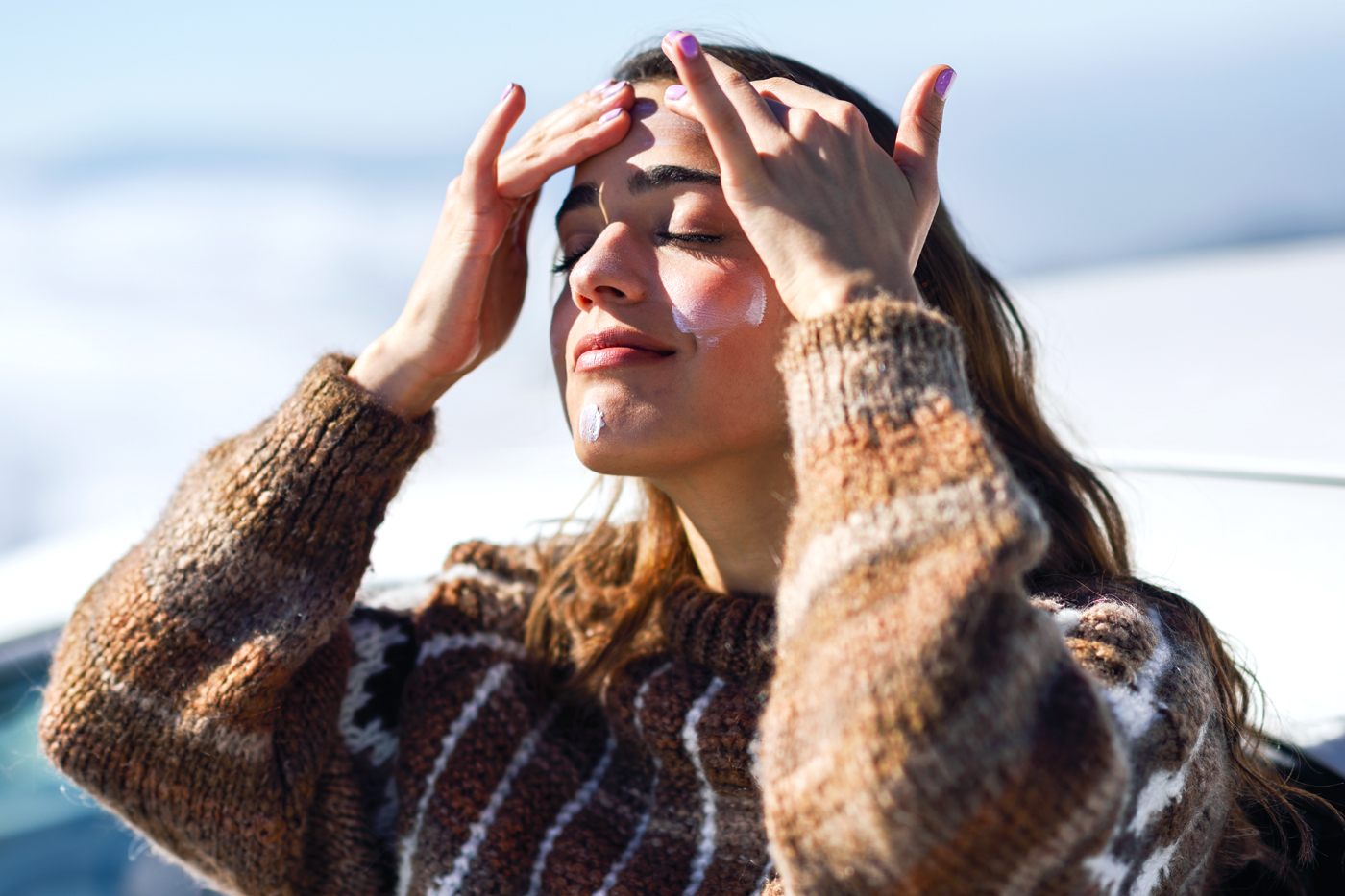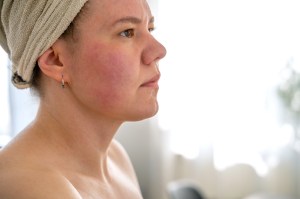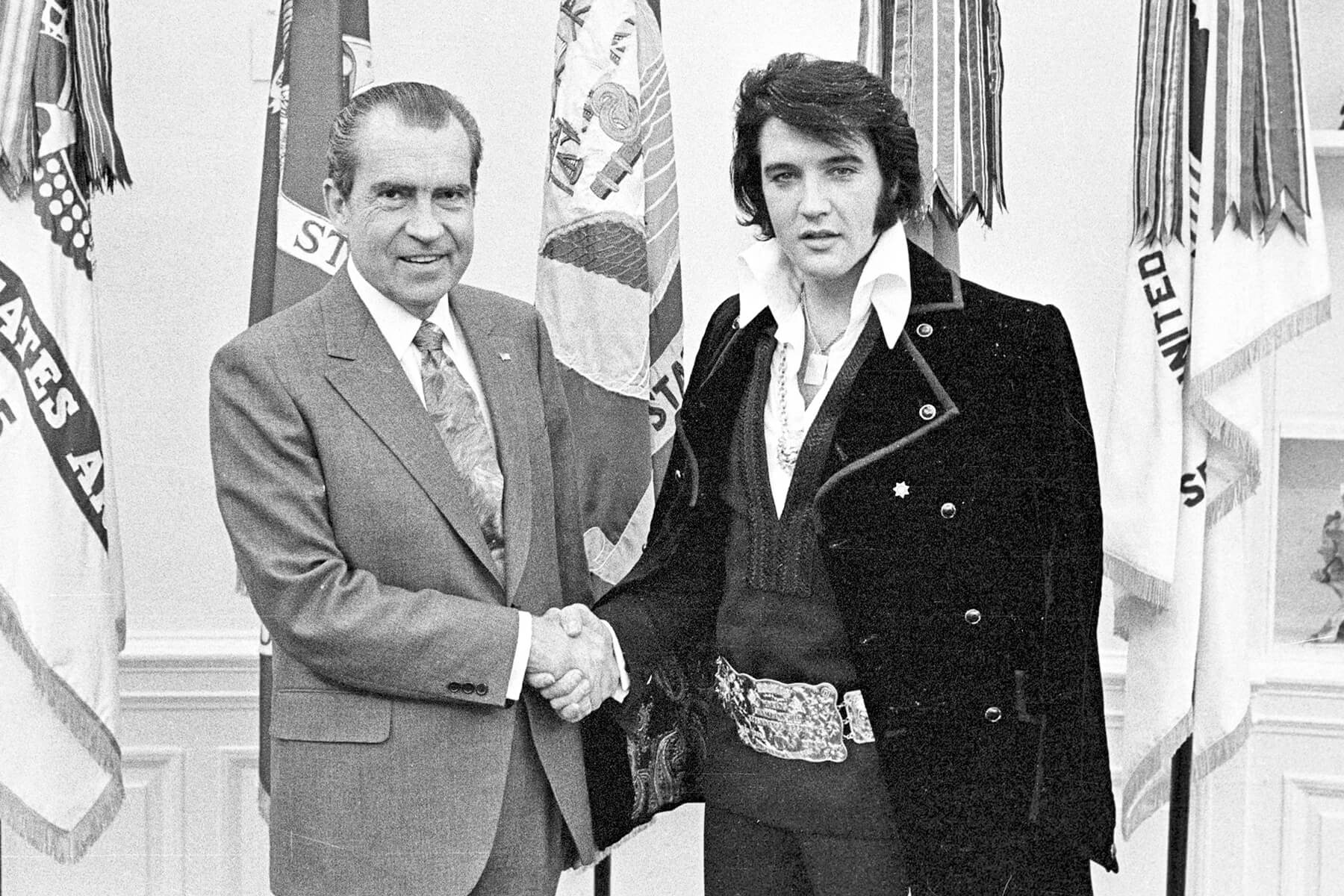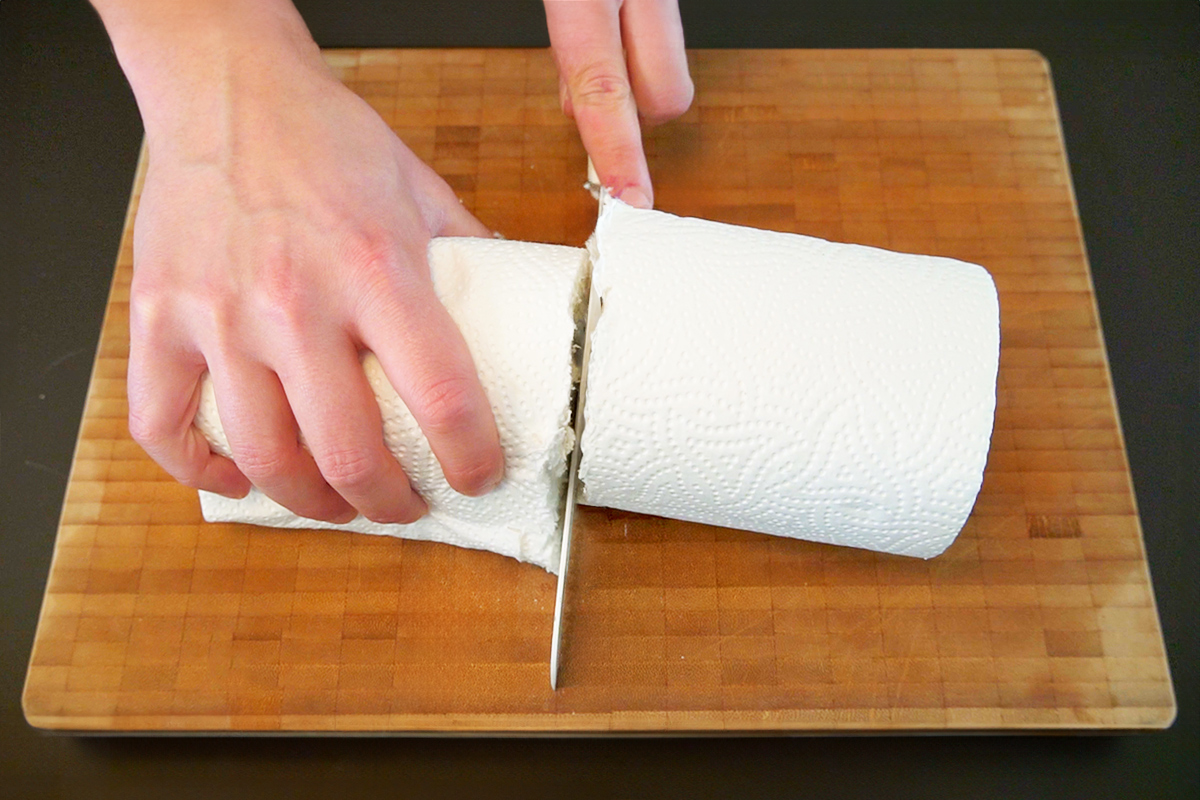Sunscreen is arguably the most important product to have in your skin care routine. As you likely already know, broad-spectrum SPF can help protect against painful sunburns, prevent some signs of premature aging, and reduce your risk of developing skin cancer. In the summertime, most of us wouldn’t even think about leaving the house without applying sunscreen. Things change once summer begins to wind down, though: Research shows that more than half of Americans forgo sunscreen during the fall and winter months.
Here’s why that’s a bad idea. For one, while the sun may not feel as strong in the winter, it still emits plenty of ultraviolet (UV) radiation that can damage your skin. UV rays tend to be the strongest at midday, typically between the hours of 10 a.m. and 2 p.m. This is true regardless of whether it’s sunny or overcast. According to the Skin Cancer Foundation, up to 80% of UV rays can penetrate through cloud cover (and around half of UVA rays can penetrate through windows). Snowy days aren’t an excuse to skip the sunscreen, either. UV radiation can “bounce” off of the snow, effectively doubling your overall UV exposure.
The only situation in which it may be OK to skip the SPF is if the UV index for the day is low (which you can find out via a quick Google search or by checking your phone’s weather app). The World Health Organization (WHO) notes that for most people, sunscreen isn’t necessary if the UV index is between 0 and 2. Even minor UV exposure can damage your skin, though, so to be on the safe side, most experts recommend wearing sunscreen anyway. At the end of the day, wearing it won’t hurt — but skipping it might.
This article is for general informational purposes only.
Affiliate Disclaimer Medical Disclaimer
















 Unique Beauty is free for all users.
Unique Beauty is free for all users.